Infrastructure goes first, anticipating administrative restructuring
At the end of April 2025, the People's Councils of Binh Phuoc province and Dong Nai province jointly passed a resolution agreeing on the project to merge the two provinces, naming the new administrative unit as Dong Nai province. The political and administrative center is located in Bien Hoa city. With an area of over 12,700 km² and a population of over 4.2 million people, this will be one of the largest localities in the country.
 |
It is estimated that about 1,600 civil servants will regularly travel from Binh Phuoc via Hoa An bridge to Dong Nai to work. |
However, the process of merging the apparatus also means great pressure on infrastructure connectivity, especially when officials and civil servants from Binh Phuoc move to Dong Nai to work. It is estimated that about 1,600 people will regularly travel back and forth. Given this practical requirement, a direct traffic route between the two provinces becomes an urgent need.
The Government Office has just issued Official Dispatch No. 3855/VPCP - CN to the Ministries of Construction, Agriculture and Environment, Finance; People's Committees of Binh Phuoc and Dong Nai provinces to convey the direction of Deputy Prime Minister Tran Hong Ha on the investment plan for the road connecting Binh Phuoc and Dong Nai provinces via Ma Da bridge, ensuring compliance with legal regulations and full review of environmental, ecological, heritage and related international treaties impacts.
Historically, Ma Da Bridge was the connecting route of DT753 (Binh Phuoc Province) and DT761 (Dong Nai Province), playing an important role in trade between the two regions. However, the bridge was destroyed during the war and has not been restored to this day. For nearly half a century, people in the two provinces had to use circuitous routes through Binh Duong, Lam Dong, or trek through forests and streams to cross, which was time-consuming and potentially dangerous.
The new Ma Da Bridge project is invested by Dong Nai province with a total cost of over VND230 billion, using provincial budget capital. According to the plan, the project will start construction in June 2025 and be completed within 6 months, put into use at the end of this year. This is a great effort to ensure smooth traffic to serve the travel needs of officials and people after the merger.
 |
Ma Da Bridge used to be the connecting route of DT753 (Binh Phuoc province) and DT761 (Dong Nai province), playing an important role in trade between the two regions. |
Not only stopping at Ma Da bridge, the two localities also coordinated to plan a 76km-long arterial road, starting from Dong Xoai city (Binh Phuoc province), following DT753, crossing Ma Da bridge, through Dong Nai Nature and Culture Reserve, to Ho Chi Minh City Ring Road 4 through Bien Hoa city.
This route is considered the shortest, most convenient, directly connecting the Central Highlands and Southeast provinces, from Binh Phuoc - Dong Nai - Long Thanh - Cai Mep - Thi Vai. This will be a key transport route, helping to shorten the distance to Long Thanh international airport and the southern international seaport.
Phase 1 of the project has a total estimated investment of about VND10,800 billion, with a scale of 4 lanes. Binh Phuoc is also upgrading the DT753 route from Dong Xoai City to Ma Da Stream to synchronously connect with the new route. Dong Nai will be responsible for the route through the forest, including a section going through the core of the special-use forest of about 30km.
The route through the Reserve is expected to occupy about 44 hectares of forest land, mainly forests rich in biological value. This raises concerns about the risk of encroachment on the habitat of rare animals, especially wild elephants, gaurs, black-shanked doucs, etc.
The leaders of Dong Nai Nature and Culture Reserve have repeatedly proposed a construction plan that minimizes impacts on the ecosystem. One of the solutions mentioned is to build an elevated road (viaduct) in the core forest area to reduce ecological conflicts, while creating a unique eco-tourism highlight for Dong Nai.
Vice Chairman of Dong Nai Provincial People's Committee Ho Van Ha emphasized: "Economic development must go hand in hand with forest protection. Roads are necessary, but how can we ensure that forests are not damaged? If necessary, we should invest more to preserve nature and create sustainable values."
Proactively arrange accommodation and work for staff
Currently, despite sharing a border of more than 160km, there is almost no official road connecting Dong Nai and Binh Phuoc. People still have to borrow roads through other provinces, take a detour, and waste a lot of time.
The trip from Binh Phuoc to Bien Hoa usually takes 4-6 hours via Highway 13, Binh Duong, Hoa An Bridge. Some other routes such as My Phuoc - Tan Van road, Dong Khoi - DT768 road, or using Ba Mieu ferry, Thu Bien bridge... are all roundabout and inefficient.
Even locals like Vinh Cuu, Xuan Loc, Tan Phu… who want to go to Binh Phuoc still have to go through forests, cross streams, or hitchhike on the Lam Dong route. Many bus companies have opened routes, but the vehicles are mainly small, and the travel time still lasts 5-6 hours. There are absolutely no buses or official public connections.
 |
Currently, Dong Nai has made a preliminary plan to allocate apartment buildings, social housing, headquarters, and guesthouses to meet the merger needs. |
Therefore, the re-establishment of route DT753 - Ma Da bridge - DT761 is considered the "lifeblood" to relieve traffic congestion between the two provinces, while meeting urgent travel requirements after administrative merger.
Along with transportation, Dong Nai province has carefully planned workplaces and accommodations for thousands of officials and civil servants who moved from Binh Phuoc after the merger.
According to a survey by the Department of Construction and the Department of Home Affairs, Dong Nai has prepared a series of guest houses, public housing areas, and social housing that can be put into use immediately. Notably, there are the Long Binh Tan social housing project (1,100 units), NXH2 Phuoc Tan (1,200 units), guest house area 71, the old GDTX center, and Quang Vinh ward apartments...
In addition, more than 150 other apartments/rooms from the recovered headquarters and old guest houses will also be rearranged to serve as accommodation for officials. In particular, 5 headquarters are expected to be renovated into official residences, 6 headquarters will be maintained as workplaces, and 7 other headquarters will be streamlined to rearrange the administrative apparatus.
Vice Chairman of the Provincial People's Committee Ho Van Ha said: "Dong Nai has identified the arrangement of stable accommodation and workplaces for cadres after the merger as a top priority. We have prepared in advance to ensure that everyone can start working and living immediately, without being passive or wasting time and resources."
Creating leverage for regional economic and regional linkage development
The construction of Ma Da Bridge and the connecting road not only serves the immediate travel needs but also opens up the potential for strong regional connectivity. Dr. Architect Ngo Viet Nam Son commented that the combination of Dong Nai's industrial and service strengths and Binh Phuoc's large land fund and high terrain will create sustainable development complexes.
“This is an opportunity for Dong Nai to gradually move industrial parks out of the center of Bien Hoa, restructure urban areas, reduce population pressure, and effectively exploit the large land fund in Binh Phuoc to develop industrial urban complexes and affordable housing for the new workforce,” said Mr. Son.
According to transportation experts, this route will reduce logistics costs and shorten the time it takes to transport goods from the Central Highlands and Binh Phuoc to Cai Mep - Thi Vai deep-water port and Long Thanh airport, two important trade hubs in the national strategy.
The construction of Ma Da bridge and the strategic route from Binh Phuoc to Dong Nai is not only a traffic solution but also demonstrates a long-term vision in the process of administrative restructuring, regional planning and sustainable development.
However, to implement effectively, the authorities need to be synchronous in research, design, construction and environmental impact assessment, ensuring a balance between development and nature conservation. An expanded Dong Nai after the merger will find it difficult to develop without an infrastructure “backbone” for long-term connection and development.
Source: https://baophapluat.vn/cau-ma-da-noi-dong-nai-binh-phuoc-se-khoi-cong-thang-62025-post547751.html



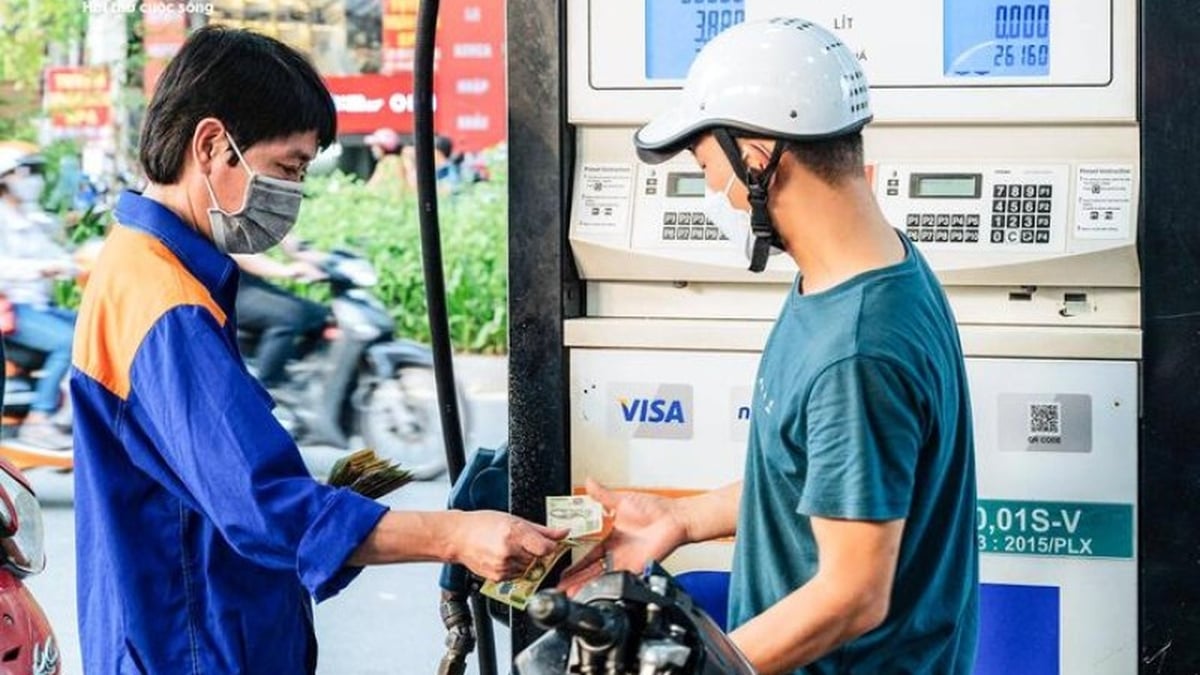
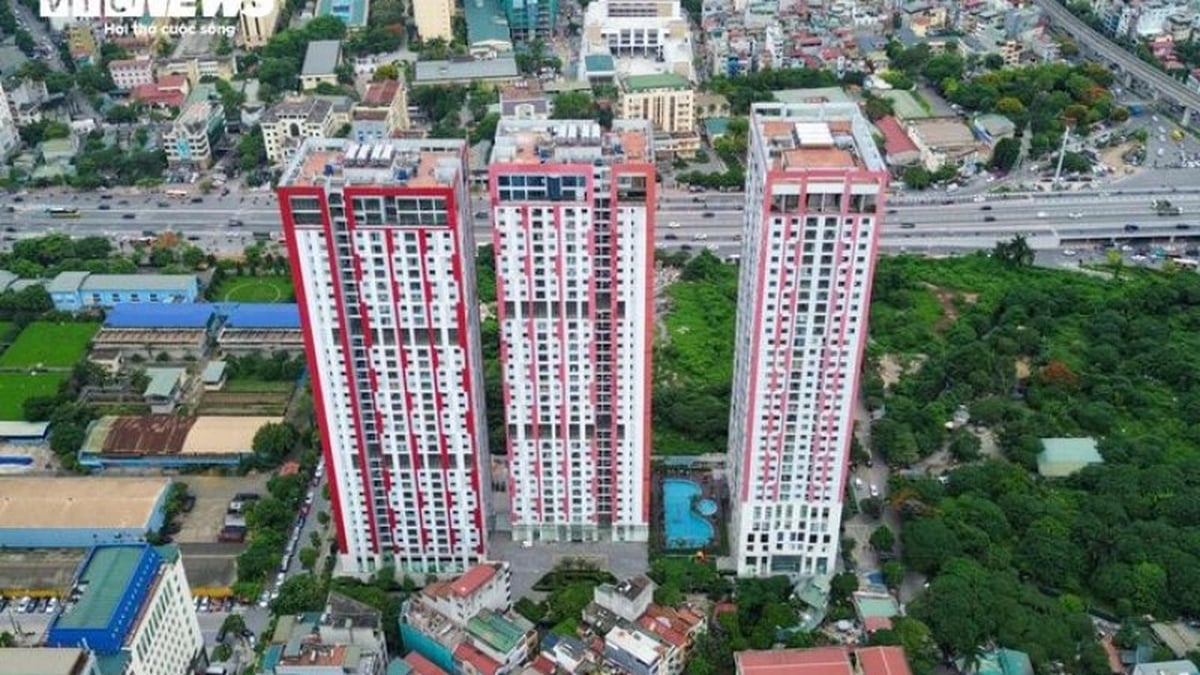

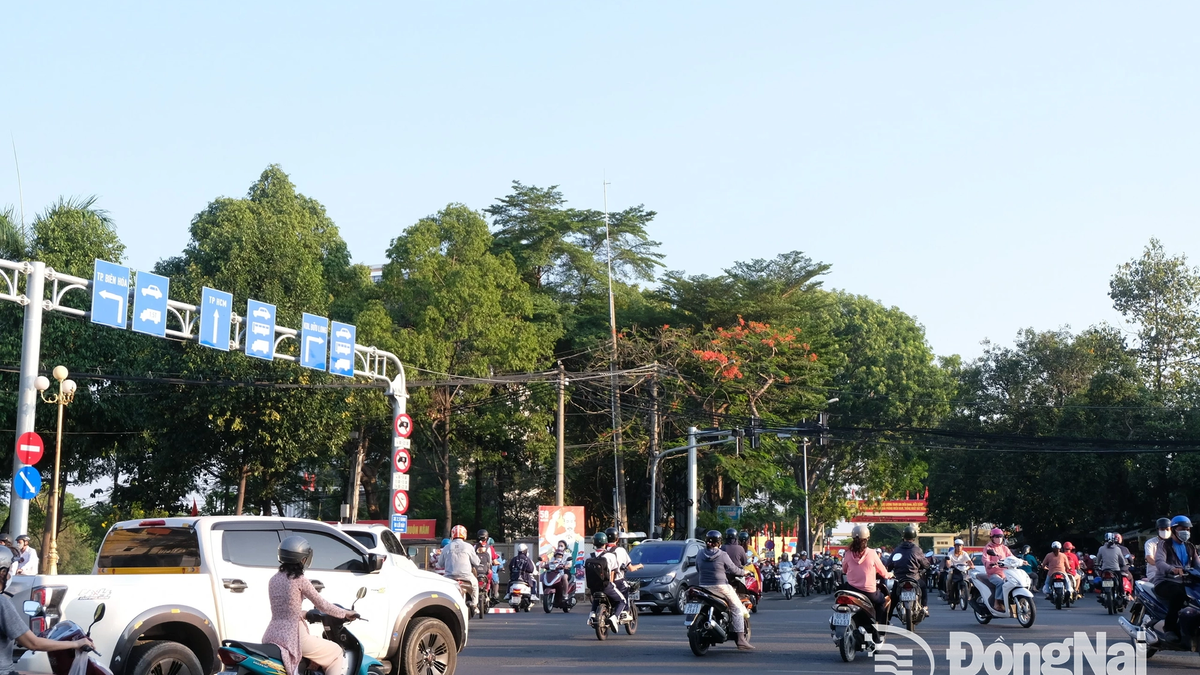
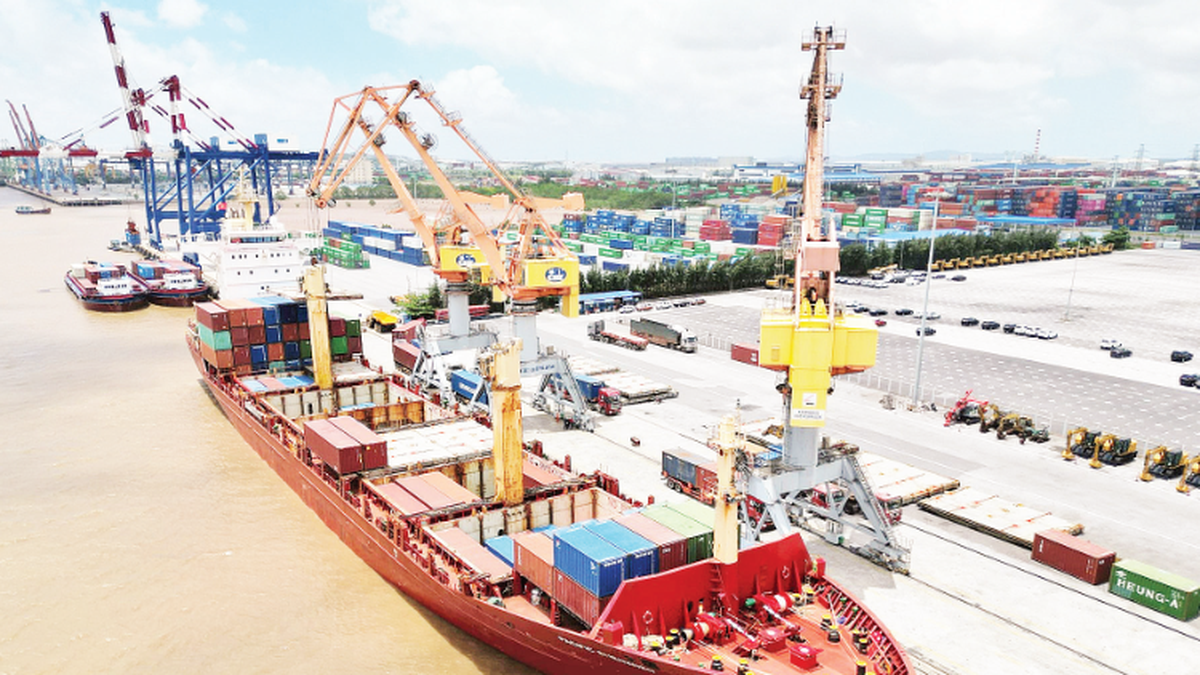
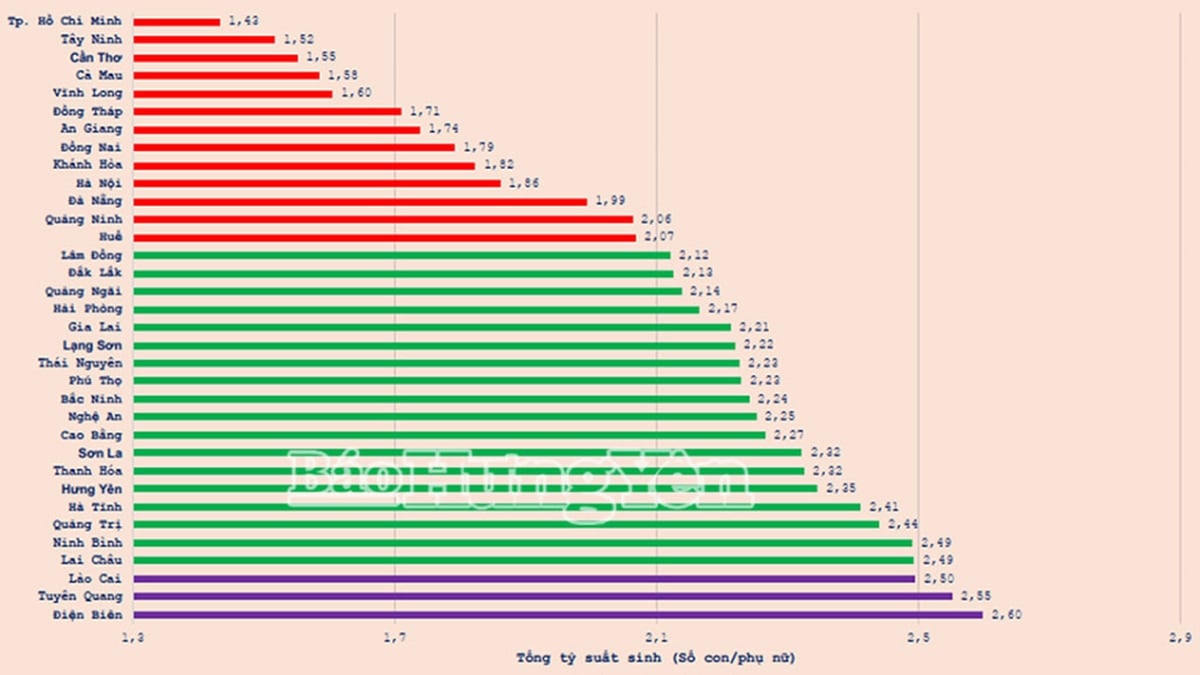


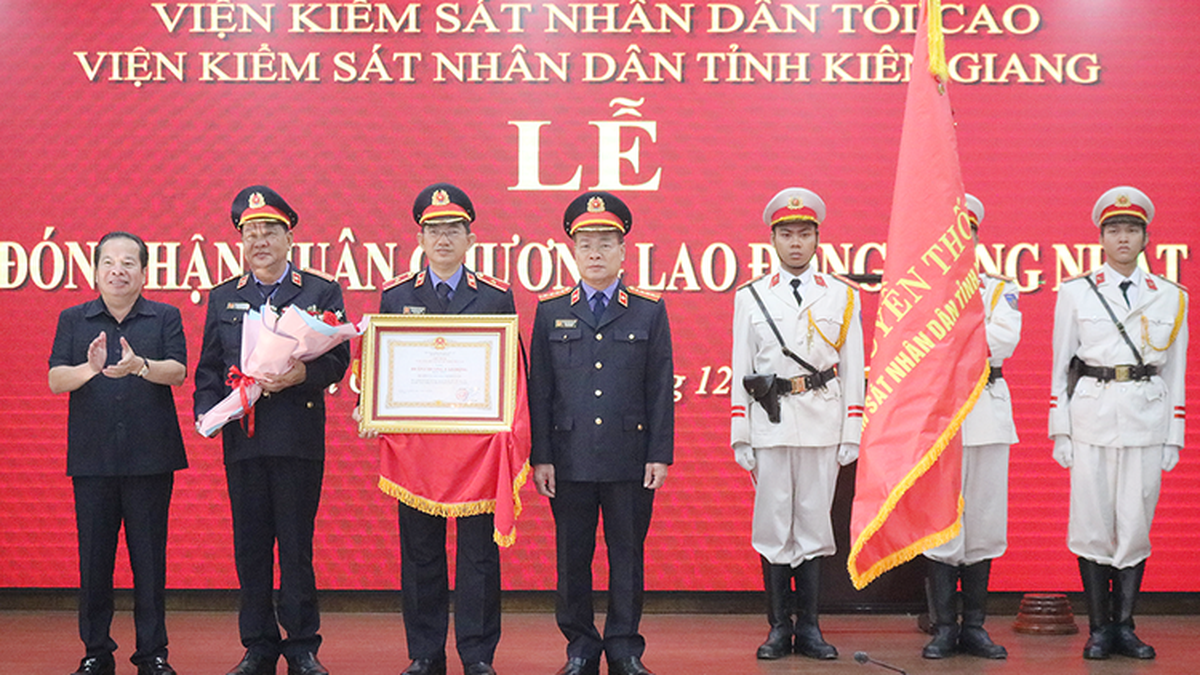














































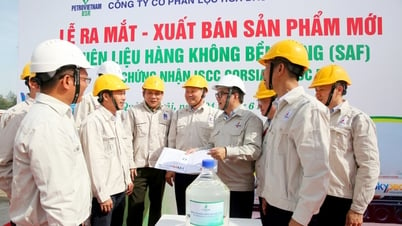




![[Maritime News] More than 80% of global container shipping capacity is in the hands of MSC and major shipping alliances](https://vphoto.vietnam.vn/thumb/402x226/vietnam/resource/IMAGE/2025/7/16/6b4d586c984b4cbf8c5680352b9eaeb0)





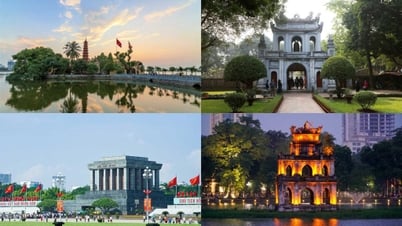

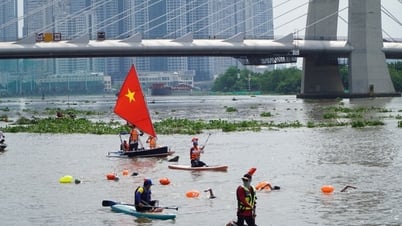

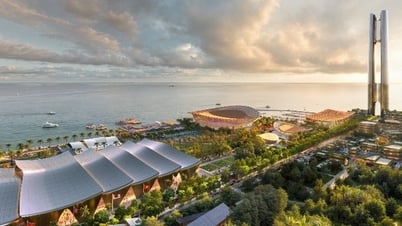
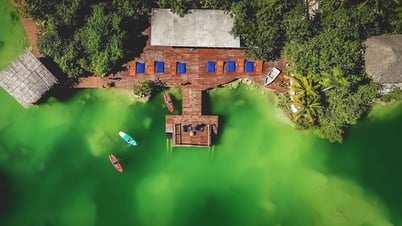
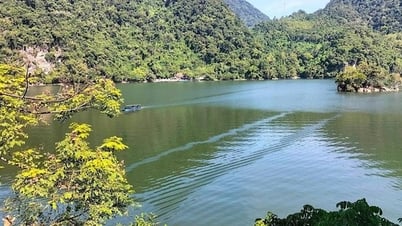
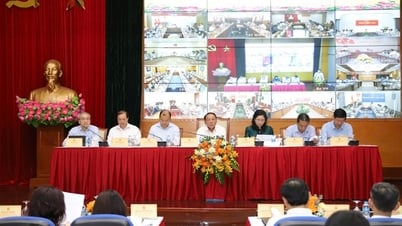
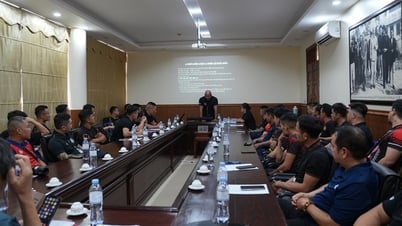























Comment (0)